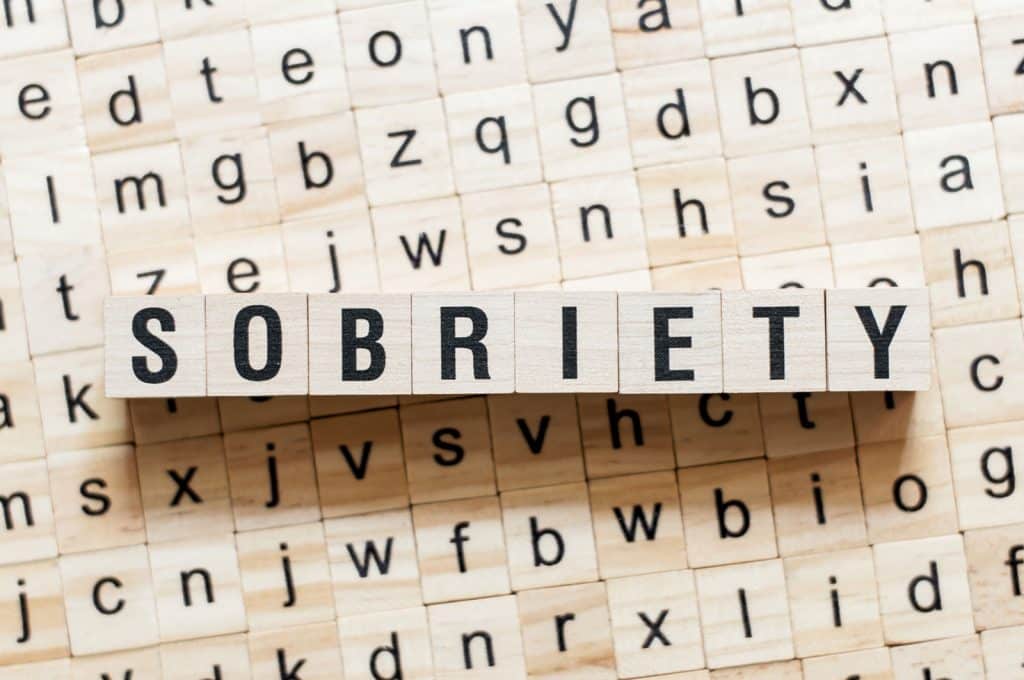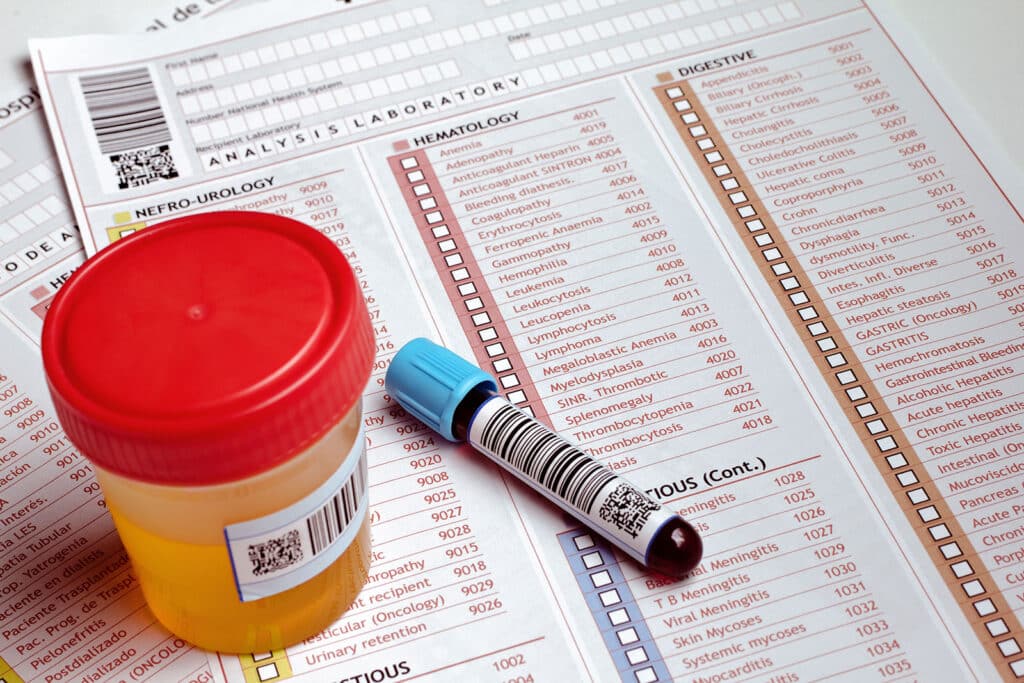What’s the longest you can stay at a halfway house?

Halfway houses are helpful places for people currently imprisoned. After they have completed their sentences, they may not be able to return to the homes they were living in before they were arrested for substance abuse. People addicted to substances also need someplace to go after their treatment for substance use ends, and the home that these people used to live in may not be the best option. This population may enter into a halfway house or a sober living facility, but people wonder how long they will be able to stay before they commit to one or the other.
Table of Contents
- 1 What Is a Halfway House?
- 2 What Is a Sober Living Home?
- 3 What’s the Longest You Can Stay at a Halfway House?
- 4 What Are the Common Rules in a Halfway House?
- 5 How Long Can You Stay at a Sober Living Home?
- 6 Are Sober Living Homes and Halfway Houses the Same Thing?
- 7 Why Is a Sober Living Home a Better Option?
- 8 FAQ
What Is a Halfway House?
A halfway house is a location where people serve their entire or a portion of their sentences. If they served sentences in federal prison, a halfway house is a place that takes them in after they are released. It gives them the opportunity to transition from a locked facility into an autonomous situation.
The halfway house also goes by the name of “residential reentry centers” and “community correction centers.” The Federal Bureau of Prisons, or BOP, operates these houses for those in the correctional system.
A halfway house is considered to be part of a person’s incarceration, but it has very little in common with prisons. The first thing that you will undoubtedly notice is that the halfway house is not surrounded by barbed wire, and the walls are not nearly as high. Unlike prisons, halfway houses are located within the community, and the inmates enjoy more freedom than in prisons.

What Is a Sober Living Home?
A sober living home is a residence that you or your loved one can move into after completing treatment at a drug treatment facility. This is in lieu of returning to the person’s home.
After completing treatment at a treatment facility, many people feel as if they are not prepared to return to their homes without the extra support that they receive in their treatment facilities. Each day, they will experience the stressors of life, and they believe that they need more time to practice using the coping strategies they learned in rehab.
Many treatment programs offer residents a 90-day stay, but three months isn’t necessarily going to be the amount of time that is appropriate for your loved one. Some people can return to society after 90 days and remain sober, but others may benefit from more time in a supportive environment.
The sober living home benefits a specific segment of the population, including the following:
- Those resisting the idea of receiving treatment
- Those without a support system in his or her place of residence
- Those who completed a residential treatment program on one or more occasions
- Those diagnosed with mental health disorders or other illnesses along with a substance use disorder
What’s the Longest You Can Stay at a Halfway House?
The length of time that you or your loved one will spend at a halfway house will vary, so there isn’t a limit to the amount of time you can spend there. It is possible that your loved one could remain in a halfway house throughout the entire sentence. In other instances, prisoners are only at a halfway house for a period of 14 days, and some people never spend any time there at all.

Even though there isn’t a limit to the amount of time that your loved one could be in a halfway house, the BOP doesn’t believe that it is beneficial to leave a person in a halfway house longer than one year for the purpose of obtaining reentry programming. Therefore, your loved one’s stay in a halfway house will last one year at the longest.
If someone doesn’t have friends or family in the community, they may obtain permission to remain at the halfway house for a longer period of time. That is because someone without support is at risk of being sent back to prison, and this makes this type of person a high-risk offender. The BOP considers high-risk offenders to be the highest priority for acceptance in a halfway house.
What Are the Common Rules in a Halfway House?
Halfway houses, also known as sober living houses or transitional housing, offer an important community-based resource for individuals recovering from substance abuse, including drug and alcohol addiction. They serve as a bridge for those transitioning from inpatient treatment or correctional facilities back into society. These environments provide a structured, supportive space to aid recovery and help residents reintegrate into the community. Each halfway house has its own rules designed to promote a drug-free and healthy environment. Here are some standard rules and guidelines that residents can expect:
- Mandatory Work or Education: Residents may be required to maintain employment or engage in educational activities while living in a halfway house. This encourages self-sufficiency and helps individuals regain independence.
- Participation in Treatment and Support Groups: Many halfway houses require residents to attend 12-step meetings, outpatient treatment services, or other substance abuse treatment programs. This participation fosters peer support and offers additional guidance in the recovery process.
- Regular Check-Ins and Curfews: To ensure safety and accountability, residents must abide by curfews and participate in regular check-ins with house staff or managers.
- Drug-Free Environment: Halfway houses enforce a strict no-drug policy, often requiring regular drug and alcohol testing. Any violation can result in consequences, including potential eviction.
- Respect for House Rules: House rules vary but commonly include maintaining a clean living space, respecting communal areas and quiet hours, and treating other residents and staff respectfully.
- Length of Stay: The length of stay in a halfway house can vary depending on individual needs and the specific rules of the house. Some programs have a set duration, while others allow residents to stay until they feel prepared to live independently.
- Family and Community Interaction: While each house has its policies, some encourage rebuilding relationships with family members and forming supportive connections within the community. This can aid in the recovery process and prepare residents for life after their stay.
- Life Skills Training and Support Services: Halfway houses often offer resources to help residents develop essential life skills, such as financial management, job searching, and household responsibilities. This preparation helps individuals become more self-sufficient.
- Health Care and Aftercare Referral: Residents may access health care services, including mental health care, as part of their recovery journey. Halfway houses also provide referrals to aftercare programs to ensure continued support once residents leave the house.
Disclaimer: Halfway houses vary in their specific rules and expectations, so potential residents need to research and understand the policies of a particular home before deciding to reside there.

In general, halfway house providers play a crucial role in helping individuals transition from a structured treatment setting to a self-sufficient, independent life. By understanding and adhering to house rules, residents can enhance their recovery journey and lay the foundation for a healthy, drug-free future.
How Long Can You Stay at a Sober Living Home?
You or your loved one can remain in a sober living home as long as you make a promise that you will remain sober while you are there. In general, if you remain abstinent for the longest period of time, your chance of relapsing into drug use will go down over that length of time.
According to NIDA, those with a substance use disorder are very likely to relapse, but this doesn’t mean that treatment has failed. It does mean that the person’s treatment needs to be adjusted. Because your loved one will receive additional support in a sober living home along with encouragement to remain in a 12-step program, your loved one is more likely to stay abstinent.
Are Sober Living Homes and Halfway Houses the Same Thing?
Sober-living homes and halfway houses are not the same things. A halfway house is called such because it is halfway between incarceration and independent living. As was mentioned above, they are run by the BOP, so they are primarily for those currently incarcerated in the prison system. The halfway house serves as a place for convicts to go if they are not in a position to support themselves.
Because convicts have been away from society for a time, they may have difficulties returning to gainful employment, and they may also be homeless. Some of this population have a dual diagnosis with a substance use disorder and a mental health disorder. The halfway house that you find for your loved one may also provide further addiction treatment. Halfway houses typically accept people from drug treatment centers after they complete their programs. They are capable of putting their residents through random drug tests and requiring them to do chores or maintain a job.
People do not enter sober living facilities because they have been ordered to by the BOP. They enter the sober living facility voluntarily, so it is not as restrictive as the halfway house. Residents don’t have as many rules but are encouraged to continue with their 12-step programs and follow the home’s recovery strategies. Residents may be required to participate in these endeavors at the sober living home.
In addition to 12-step programs, the sober living facility may require regular drug testing, household chores, following a curfew, and maintaining a commitment to sobriety. Some sober living facilities even provide outpatient treatment. If so, you or your loved one could receive round-the-clock care from nurses and licensed clinical social workers.

Why Is a Sober Living Home a Better Option?
A sober living home is a better option for people for several reasons, including the following:
Reduces the Chance of Relapse
A sober living home is a place away from the pressures that you experience at home every day. Without these pressures, you have the best chance of completely recovering from your addiction. As a matter of fact, this is the best reason to enter a sober living home. You can concentrate on yourself without being confronted with the old temptations that come with seeing your old acquaintances or visiting your old environment.
Because you aren’t visiting the places you used to frequent, you don’t have a chance to be triggered into using substances again.
Transition Back into Your Healthier Life Again.
Returning home right after leaving a treatment center can seem like an abrupt ending to your treatment. A sober living facility, on the other hand, is more like a continuation of the treatment process. Rather than throw you back into your old life, you can slowly make your way back to where you need to be. After work or school, the sober living home provides a safe place where you can become accustomed to living independently again. It is a safe place to learn what it is like to live a sober life outside of the treatment facility.
Support and Guidance
Unlike your home, the staff at a sober living facility supports you in your recovery. Each day, they will ensure that you are held accountable for your actions, so they offer you safety.
If you are searching for addiction services for a loved one, Garden State Detox is here to help you. Please give us a call today to learn more!
Source:
https://archives.drugabuse.gov/publications/media-guide/science-drug-use-addiction-basics
FAQ
Why is it called a halfway house?
What is a halfway house like?
Who pays for a halfway house?
Can you have a car at a halfway house?

